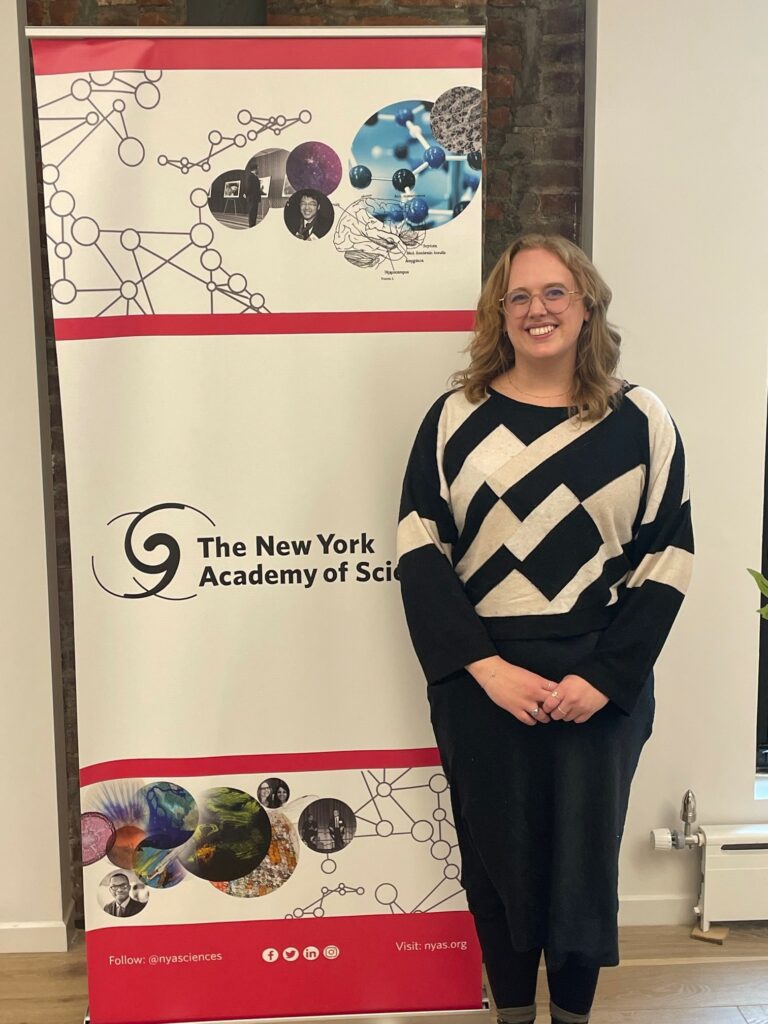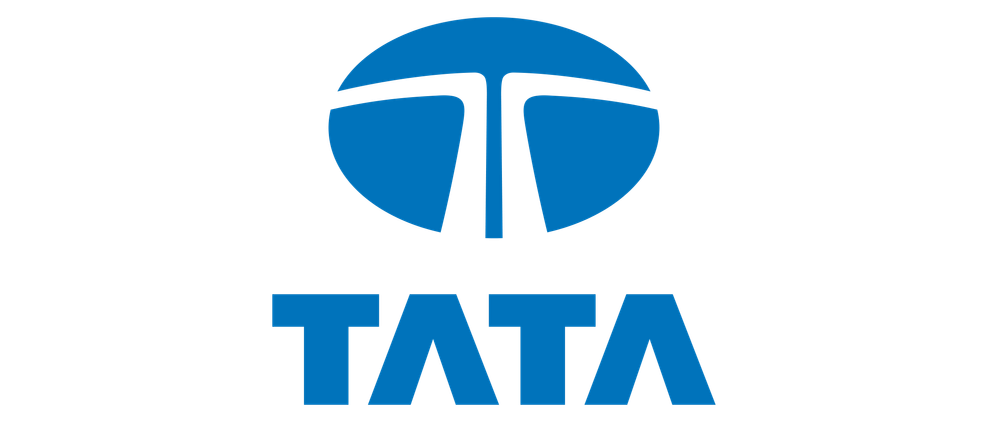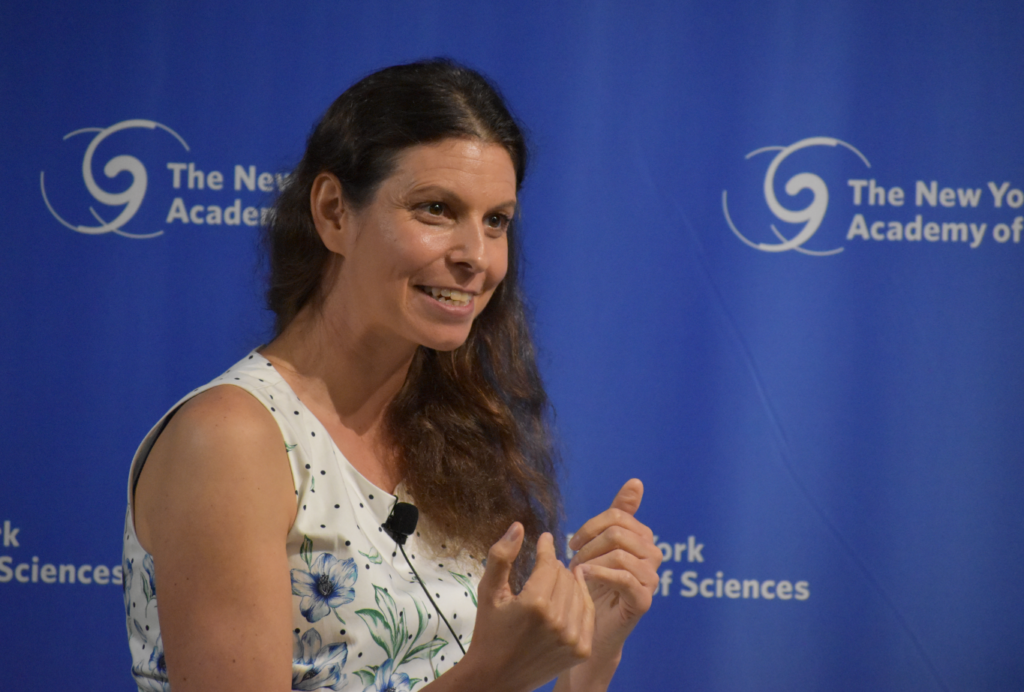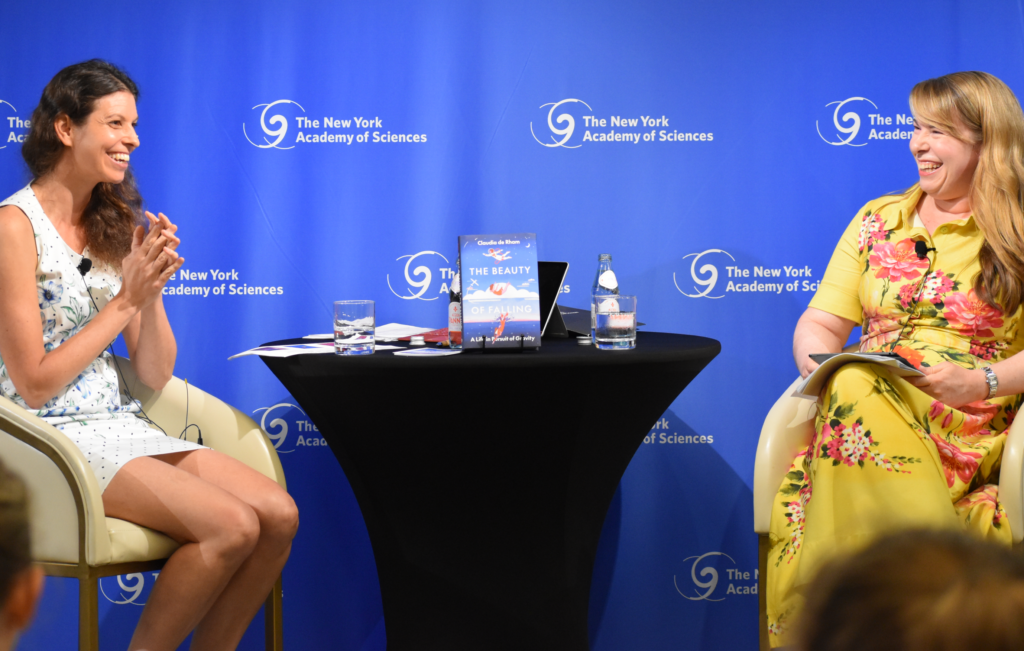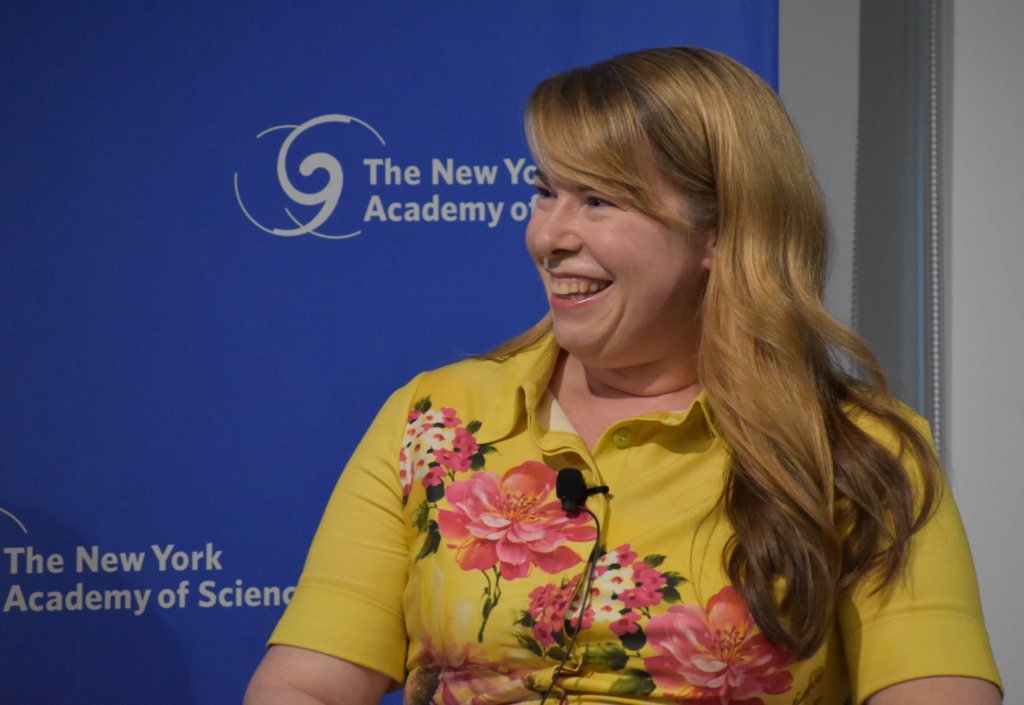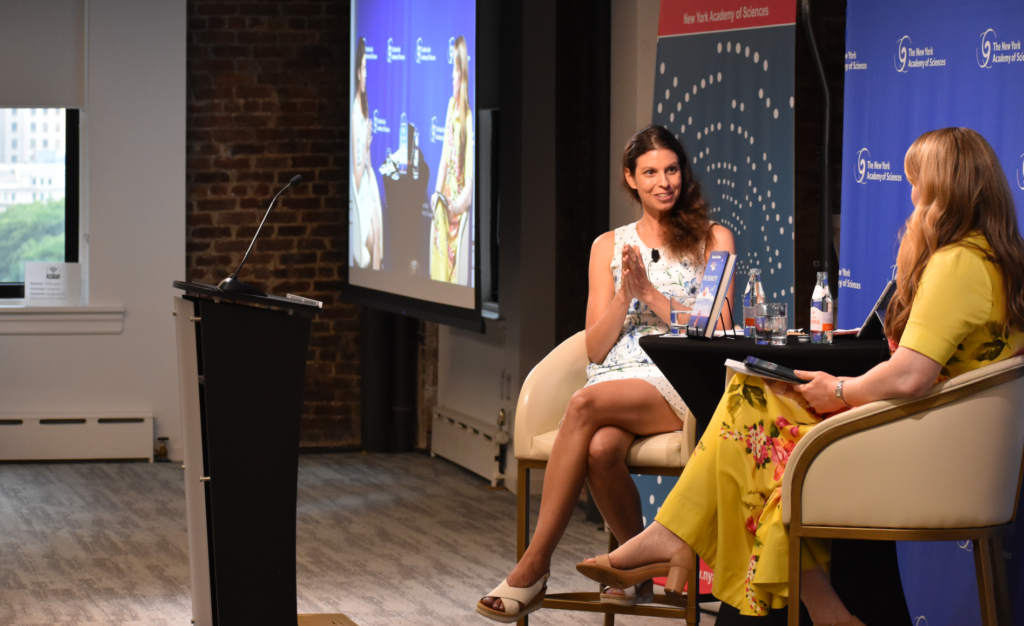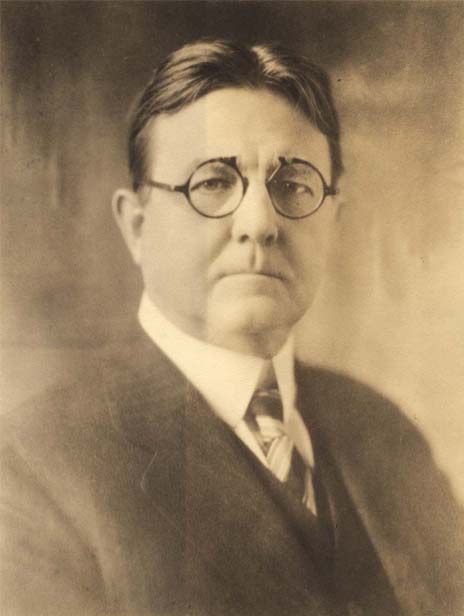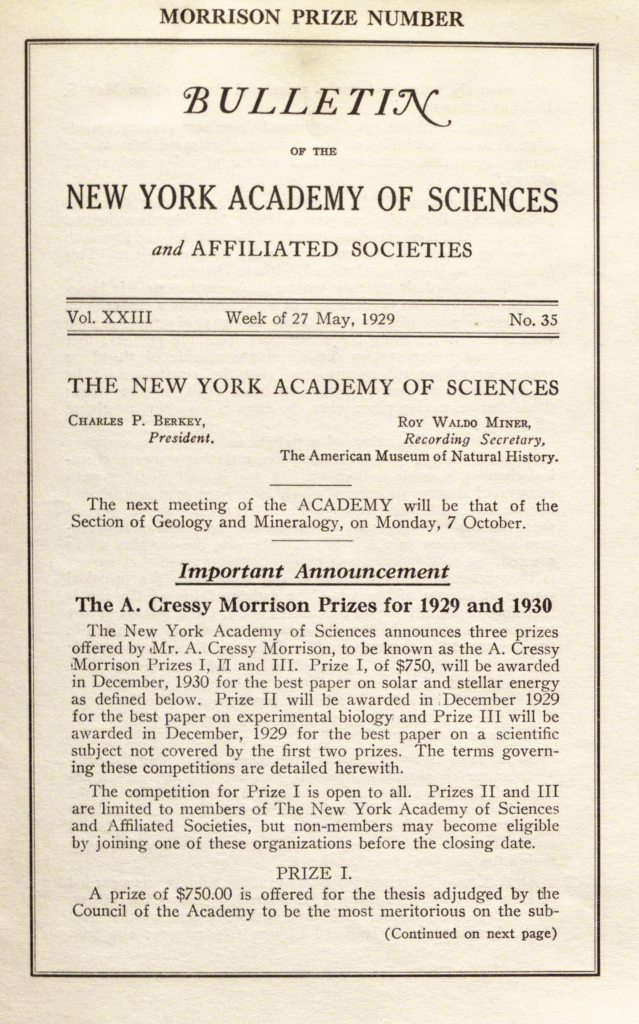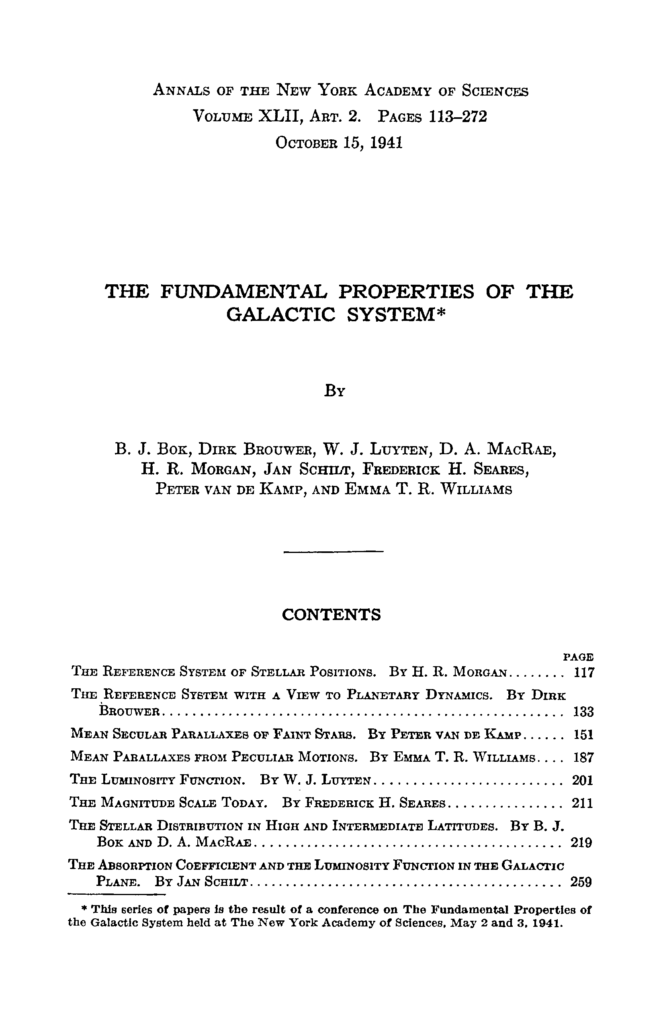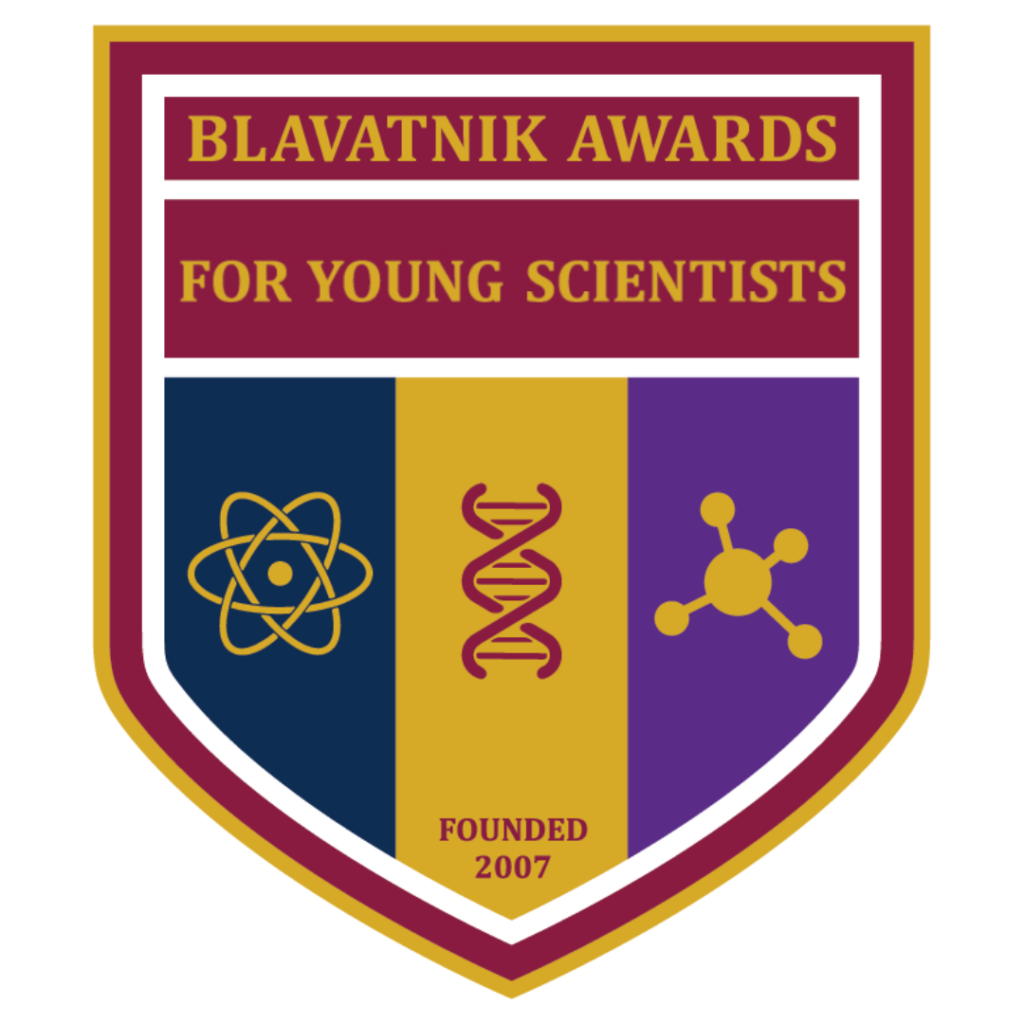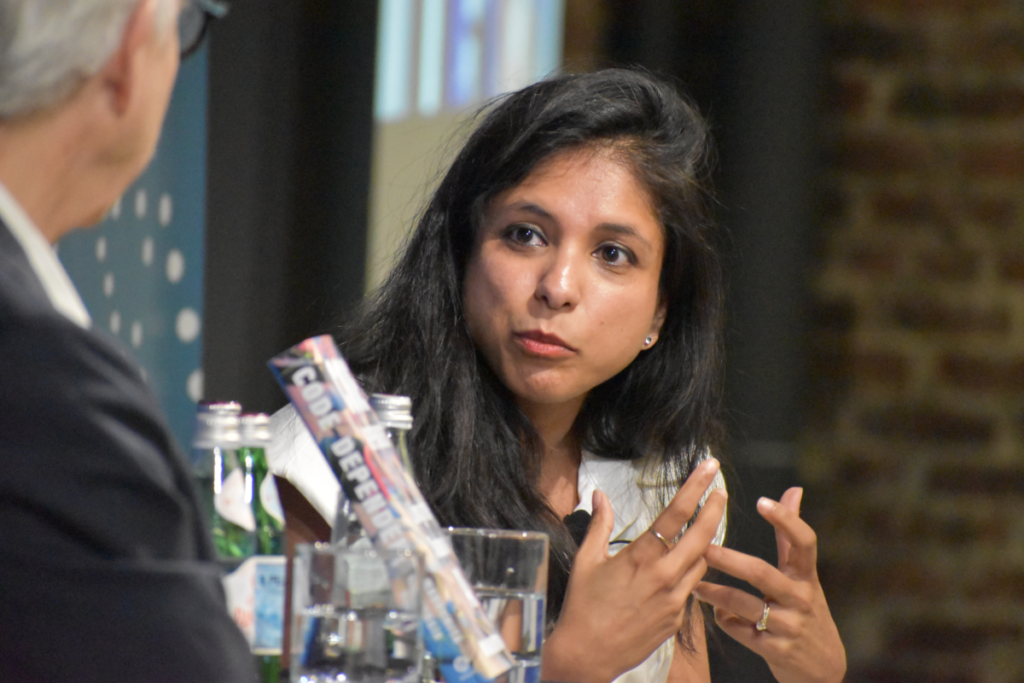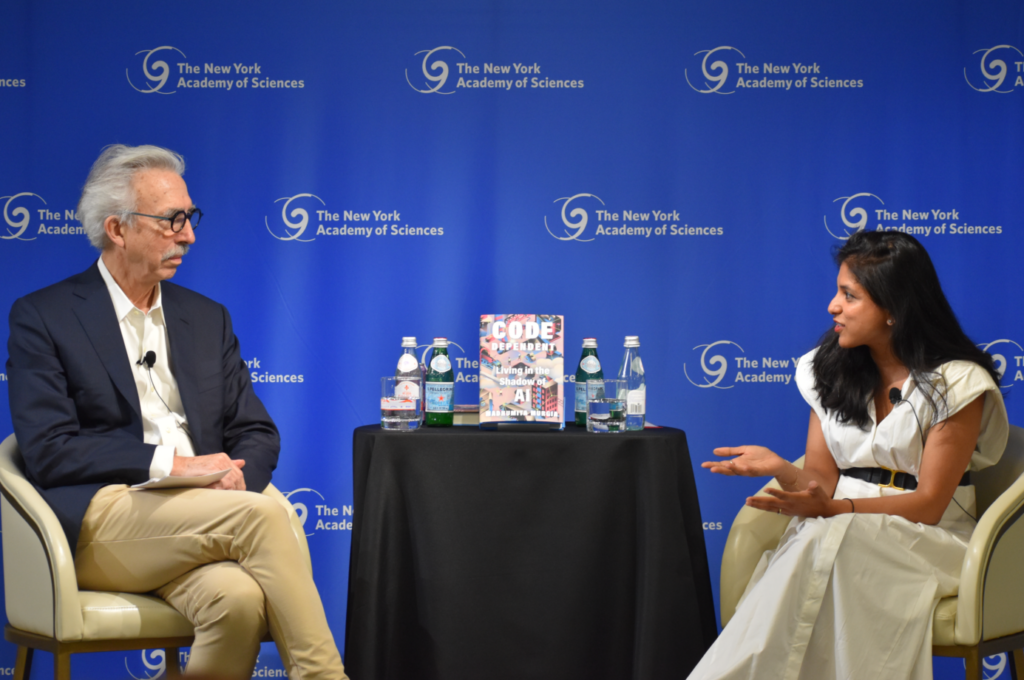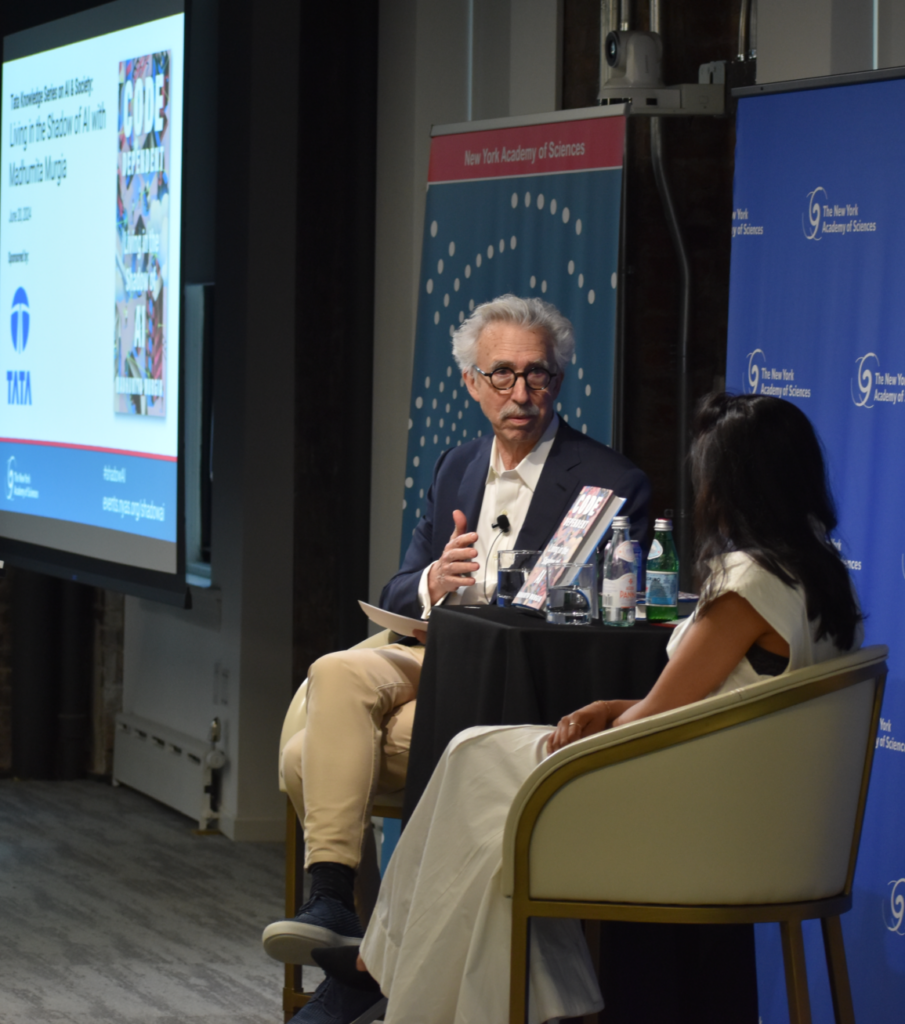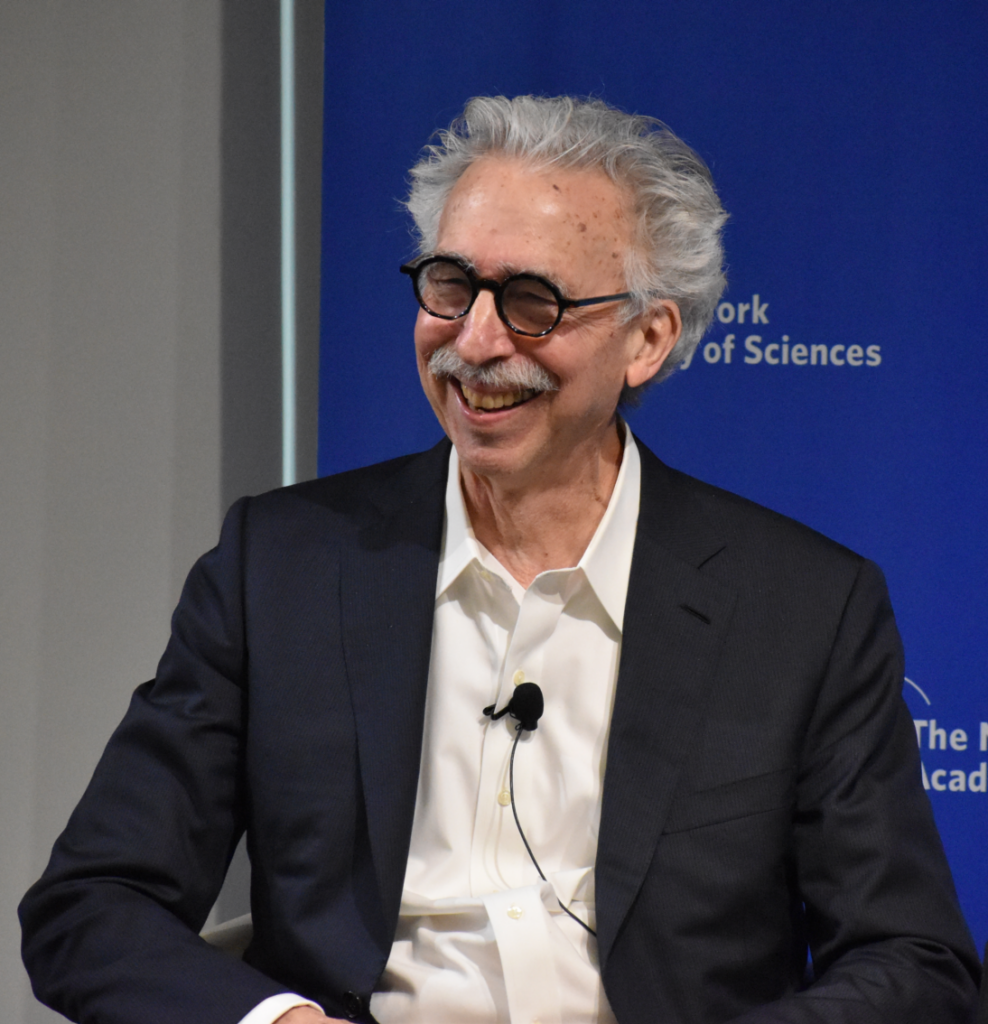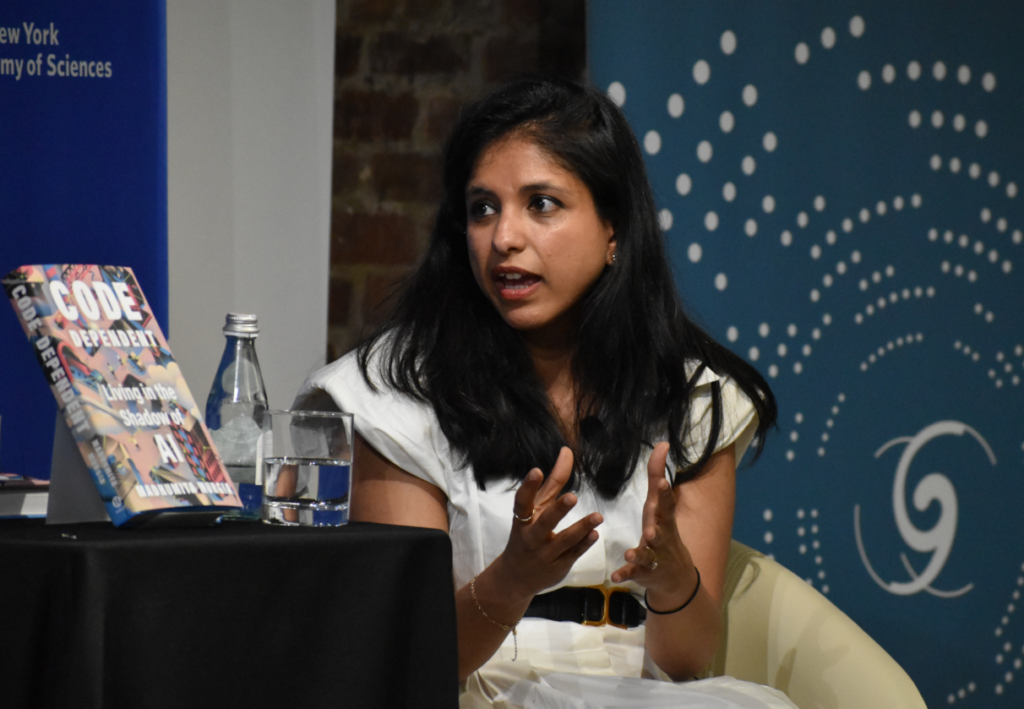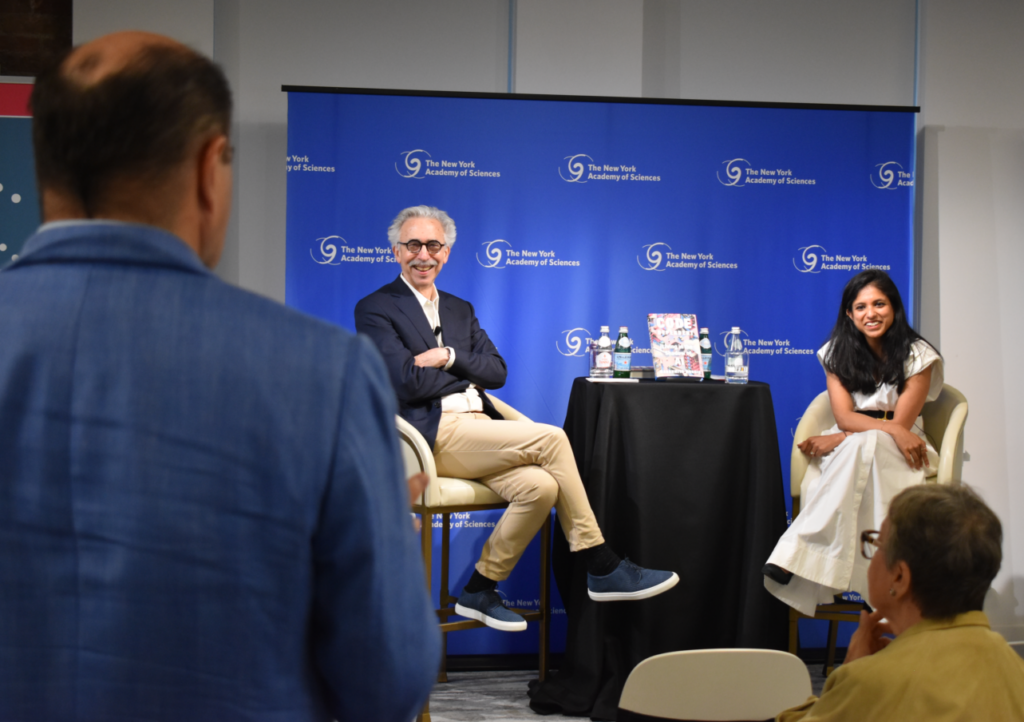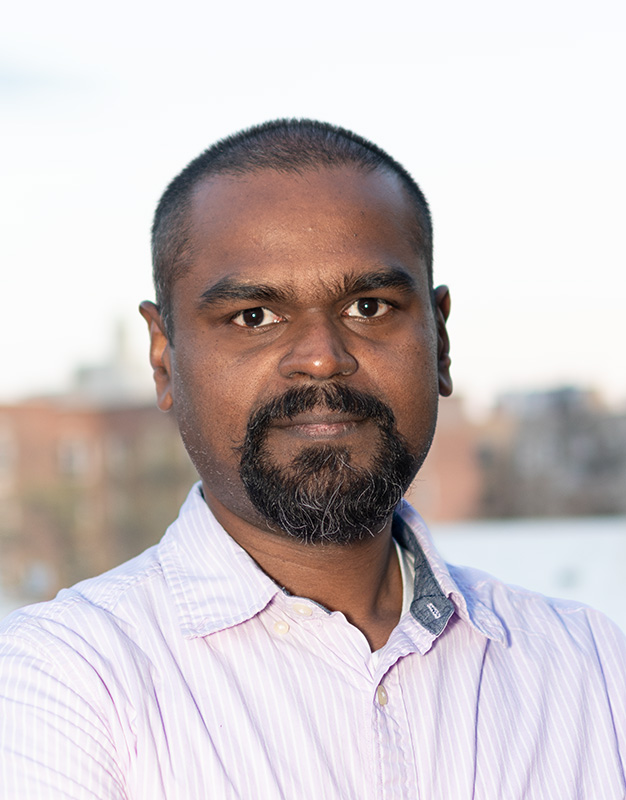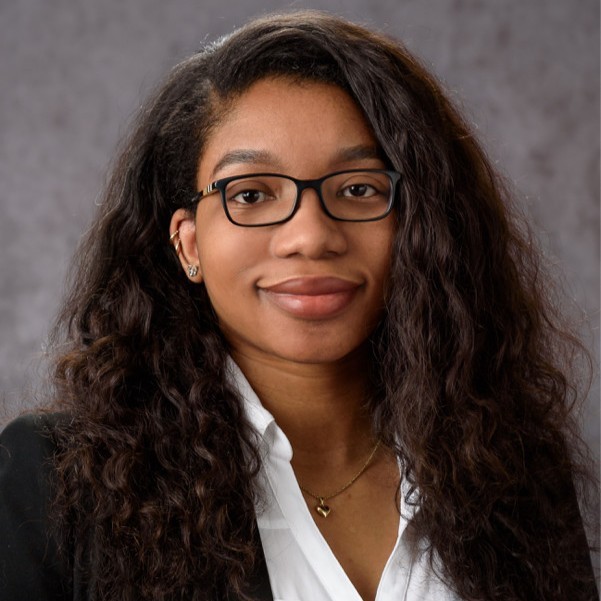
Winners of the Junior Academy Innovation Challenge Fall 2023: “Cognitive Classrooms”
Published August 14, 2024
By Nicole Pope
Sponsored by NEOM
Team members: Dawik D. (Team Lead) (Qatar), Atharv K. (India), Anoushka T. (India), Abhay B. (India), Asmit B. (India), Jefferson L. (United States)
Mentor: Aryan Chowdhary (India)

250 million children worldwide lack access to a decent education due to extreme poverty, child labor, or discrimination, according to data from the United Nations. A shortage of teachers, lack of resources and logistical constraints further undermine countless children’s educational outcomes.
This talented international team, comprising students from India, Qatar, and the United States, tackled this massive disparity with their project AI4Access. Tasked with devising innovative ways of harnessing the power of immersive technologies like artificial intelligence/machine learning (AI/ML) and virtual reality/augmented reality (VR/AR) to create a more inclusive, fair, and efficient environment in classrooms and improve students’ learning experience, the team more than met the challenge.
The team members learned that students respond to different learning styles (visual, auditory, and kinesthetic), but traditional teaching favors read/write learner types. 1 in 59 students, according to the UN, is affected by learning disabilities such as dyslexia, ADHD, dyscalculia and dyspraxia, which undermine their academic success in a rigid, one-size-fits-all education system. This is the aspect that the AI4Access team chose to focus on.
Advancing Education Through Digital Technology
The team developed an AI-led application designed to diversify the education experience, give students access to new visualized learning styles, and enable teachers to monitor individual students’ performance and provide support when needed.
The tool analyzes the students’ learner profile and enables teachers to provide them with a personalized teaching plan that considers their strengths and weaknesses. By providing visual learning features, such as 3D models and live simulations using VR/AR, the app enhances the learning experience and supports students with learning difficulties. The teacher can more easily track individual students’ progress, track their response, and identify when individuals need additional attention.
The team drew on individual members’ skills to build their app. “I’ve enjoyed working with the team, capitalizing on our respective strengths for the best possible outcome,” explains Anoushka. “This journey helped me truly appreciate the power of collaboration and teamwork!” Their end product—an elegant app that uses OpenAI API, Python and Eleven Labs API to improve the classroom experience for both students and teachers—won praise from the judges.
Their already impressive achievement is made even more outstanding by the difficulties they overcame to reach their solution. For six intense weeks, the team worked across time zones and at odd hours of the night to create their prototype app. “Even though we all had various commitments, whatever time I had spare, it would be dedicated to this even if it was midnight at my time!” explains Jefferson.
Sharpening Practical Skills
“Working countless hours at awkward times in the morning, just to meet up with your friends from halfway across the globe and work on something that truly motivates you is a feeling I cannot describe,” says Team Lead Dawik. “This project has taught me how to lead better, how to work with my peers and manage my time as well as the importance of meeting deadlines and staying committed to your work.”
Through the challenge, the team members were able to sharpen skills that will be essential in future endeavors, like teamwork and critical thinking. “My journey with this team has proven to be incredibly enriching. The team’s diverse skills and backgrounds, coupled with our unwavering unity, created an environment of continuous learning and personal growth,” believes Abhay. “We tackled challenges head-on, demonstrating resilience and innovative problem-solving.”
The Cognitive Classroom challenge was a wonderful learning opportunity for the members of the team and it left them hungry for more creative discoveries. “From late-night discussions to constructing prototypes and presentations, this environment taught me many things and opened new paths I never dreamed could exist,” explains Asmit.
His teammate Atharv concurs: “The diversity, unwavering support, and commitment to excellence of team members have pushed me to grow professionally and personally. I’m grateful to be part of this remarkable team, and I eagerly look forward to our next adventures.”
